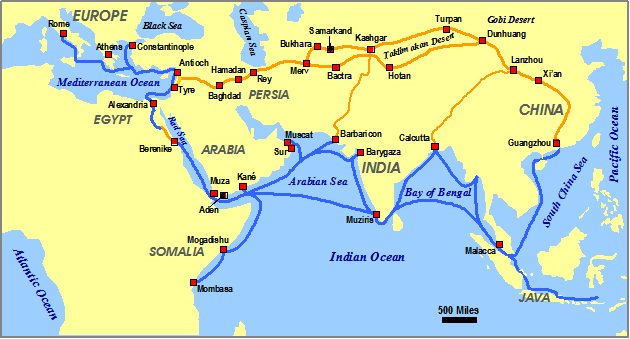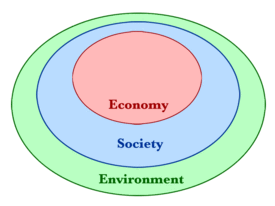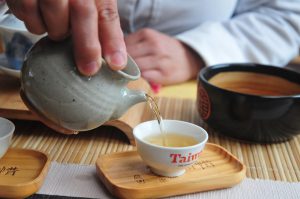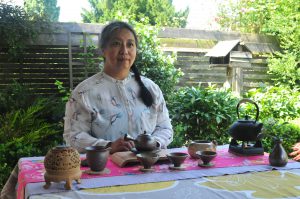Probably here in Antwerp today we speak different language, with different accents, look differently because of diverse culture background; we probably have different faith or idea for life, but here today we share something in common that we all appreciate delicious food and enjoy fine drink; we all dream for peace and harmony in life. Belgium is a small and interesting country, in different city people can enjoy different flavor of gourmets, chocolate, bier but here in Antwerp, we offer something more and better, pure and authentic quality tea and Chinese tea culture.
 Tea is one of the oldest drink in history in Chinese culture, but no one really know exactly when it actually started since the written records of the China history can only be found from as early as 1500 BC during the Shang Dynasty (1600-1046 BC). Therefore the legend of tea normally starts with story telling that begin with “Once upon a time…”, “Long long time ago….”. In the Red Star Line Museum there is an very interesting area about the human migration history, in that room there is a brief introduction of Chinese official and diplomat lead by Zhang Jiang who served as an imperial envoy to the outside world in the 2nd century BC during the time of East Han Dynasty. When we further examine the spelling of tea in different language in the world , we can roughly guess roughly in which period and how these cultures engaged with tea trade and how tea was emerged in their culture development afterwards:
Tea is one of the oldest drink in history in Chinese culture, but no one really know exactly when it actually started since the written records of the China history can only be found from as early as 1500 BC during the Shang Dynasty (1600-1046 BC). Therefore the legend of tea normally starts with story telling that begin with “Once upon a time…”, “Long long time ago….”. In the Red Star Line Museum there is an very interesting area about the human migration history, in that room there is a brief introduction of Chinese official and diplomat lead by Zhang Jiang who served as an imperial envoy to the outside world in the 2nd century BC during the time of East Han Dynasty. When we further examine the spelling of tea in different language in the world , we can roughly guess roughly in which period and how these cultures engaged with tea trade and how tea was emerged in their culture development afterwards:
- The journey to the West began 2 century before Christ through the Grand Silk Road that connected trade from China all the way to Constantinopel (Istanbul in Turkey today), including road trade with India and Tibet, the spelling of tea in their language is based on the Chinese spelling – “Cha “.
- The journey to the East also has very long history (+/- 3000 years) from China to Korea and Japan
- The advancement in shipbuilding technologies and navigation led to the opening of a new Maritime Silk Road connecting China with the West, began from Guangzhou to the Southeast Asia, Malacca, passed through the Indian Ocean and the Persian Gulf in the early 13th century. The spelling of tea in those cultures through the trading handled by Dutch and then followed by English, the spelling is based on the dialect “tê “
Even though the spelling in Chinese language are varied because of dialects but it is same in writing- 茶 (Cha in Mandarin). Today tea is the most favored drink next to water and coffee in the world because of its fine flavor, good taste and benefits to health.
Making a cup of tea is very simple, all you need are tea (either loose leaves or tea bag), tea ware and water. But one who really wants to benefit from tea must first learn how to select the right quality, how to brew and how to consume correctly. The learning can be more complex than you thought, but again, the entrance can be very easy starting from liking to drink tea.
There are many reports about the health benefits from tea based on various researches conducted in the world, all those international researches confirmed benefits of tea to health as mentioned in various Chinese ancient records and in traditional medicine writings:
- The Catechins (antioxidants) in tea can increase the body’s ability to burn fat and improve muscle endurance. But don’t consume it as if ‘diet’ tea.
- Correctly consume tea helps to prevent cardiovascular and degenerative problems
- Tea is not miracle cure so don’t rely on tea to keep a healthy body
- Tea has oxygen radical absorbance capacity, it helps to fight free radicals.
- Tea provides hydrates to body, helps for the water circulation in body
- Tea also contains Caffeine but it’s much less than found in coffee
- Tea contains very mild natural calorie from tea saccharide but free from cholesterol without adding sugar or milk

Even though tea receives very positive assessment for health benefits from various researches, however for the sake of sustaining a healthy balance life, it is better to respect the basic principle of “Zhong Yong中庸”, it means moderate and neutral, an important Confucius teaching that has very wide range of applications from health to living. An old idiom “Wanner is er te veel, is te veel” in Dutch actually is very similar to that principle .
Tea is healthy ONLY IF people know how to choose the right tea, how to brew and consume correctly. In most tea shops, customers can only purchase tea based on the introduction or self-perception, here are some simple tips perhaps are useful for you to distinguish flavored quality vs. pure & natural quality:
- The color of dried leaf should be healthy brilliant but not dusty and dull
- You can easily identify whether leaves were hand-picked or machine picked.
- The aroma from natural quality dried leaf actually is mild and pleasant as if enjoying the spring breeze but not strong and sexy
Whether you like flavored quality or pure & nature quality that’s not the question because it’s just a matter of individual choice. However, your decision reflects how you take your own responsibility to sustain a healthy life style; your actions will further directly and indirectly contribute to the conservation of the ecological balance in nature .
There is no best quality tea but there are many good and even better quality tea. However, the premium quality tea always are hand-picked loose leaf and being processed by respecting the unique characters from tea trees and follow the old traditional disciplines. There are many quality grades under the same name and good quality loose leaf tea allows you to enjoy good flavor and taste in multiple brewing.

 In this fast and chaotic changing time, many people are having health or relationships problems because of stress or burn out. People are looking for quick cure from tea without knowing the key to unlock those problems is actually in their mind, in their heart. In the tea sommelier certification program, you learn not only the basic knowledge of tea, taste a lot of tea and know how to brew tea correctly but also learn how to reach out to the inner peace.
In this fast and chaotic changing time, many people are having health or relationships problems because of stress or burn out. People are looking for quick cure from tea without knowing the key to unlock those problems is actually in their mind, in their heart. In the tea sommelier certification program, you learn not only the basic knowledge of tea, taste a lot of tea and know how to brew tea correctly but also learn how to reach out to the inner peace.
Numbers of tea lovers and tea shops in Belgium are increasing, the market shares of flavored tea are also expanding fast and there are still many gray areas for pure & authentic quality tea that people do not know. Belgium Chinese Tea Arts Centre is an unique centre for tea, closes to the centre of Antwerp. There we provide various training programs, including tea sommelier certification program for particular, horeca and catering practitioners; consultancy service and authentic quality tea for tea sommeliers and tea lovers. It has not been an easy journey to persist on pure & authentic natural quality tea, wisdom in tea and Chinese tea culture; but the persistency in quality and eco-economics have finally received international recognition; two exclusive selections of organic tea, Qingxin Honey Black and Formosa Beauty, both received two golden stars quality award from International Taste & Quality Institute in 2016.
Mei Lan Hsiao, a certified Chinese Tea Master, the founder of Belgium Chinese Tea Arts Centre and Belgium Chinese Tea Culture Association has devoted her energy in tea teaching and promoting Chinese tea culture in Belgium since 1995. In tea we share the same heart For years, she works directly with tea farmers, tea masters and cha ren who masters the production processes who share her same philosophy in eco-economics, pesticide-free quality and respect on Chinese traditional production discipliens in China and Taiwan. In 2016 the centre is being nominated by the Taiwan Tea Manufacturing Industry Association as EU Taiwan Tea Centre.
When you visit the Chinese tea centre, please do not just ask for a cup of tea, because there are plenty for you to choose from six tea types; please also don’t just ask for pure and authentic quality, because that is the only quality choice we have.
copyrighted Mei Lan Hsiao, Belgium Chinese Tea Arts Centre/Belgium Chinese Tea Culture Association, Email: info@teasommelier.be Tel: +32494506899

Leave a Reply
You must be logged in to post a comment.